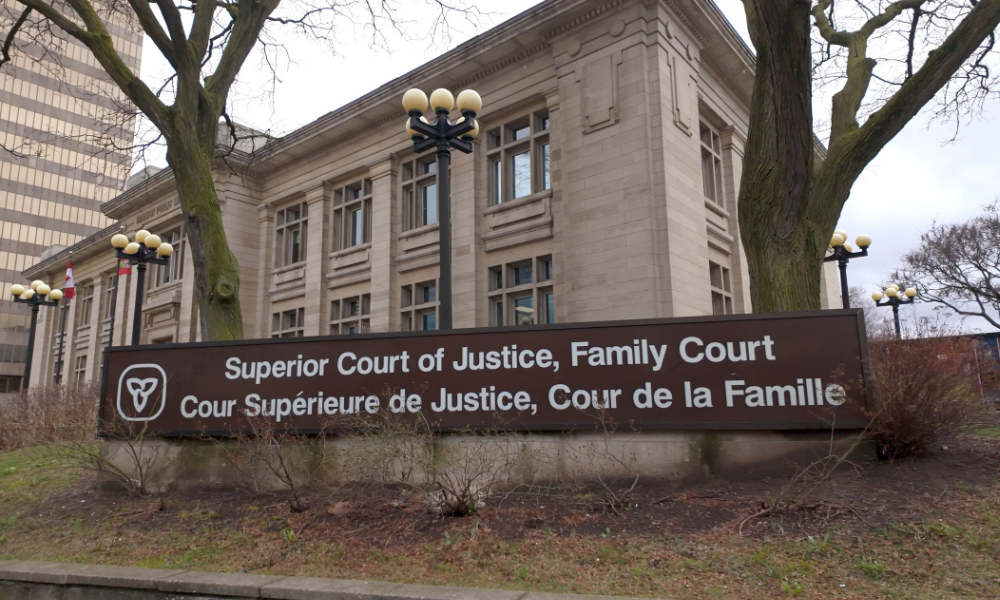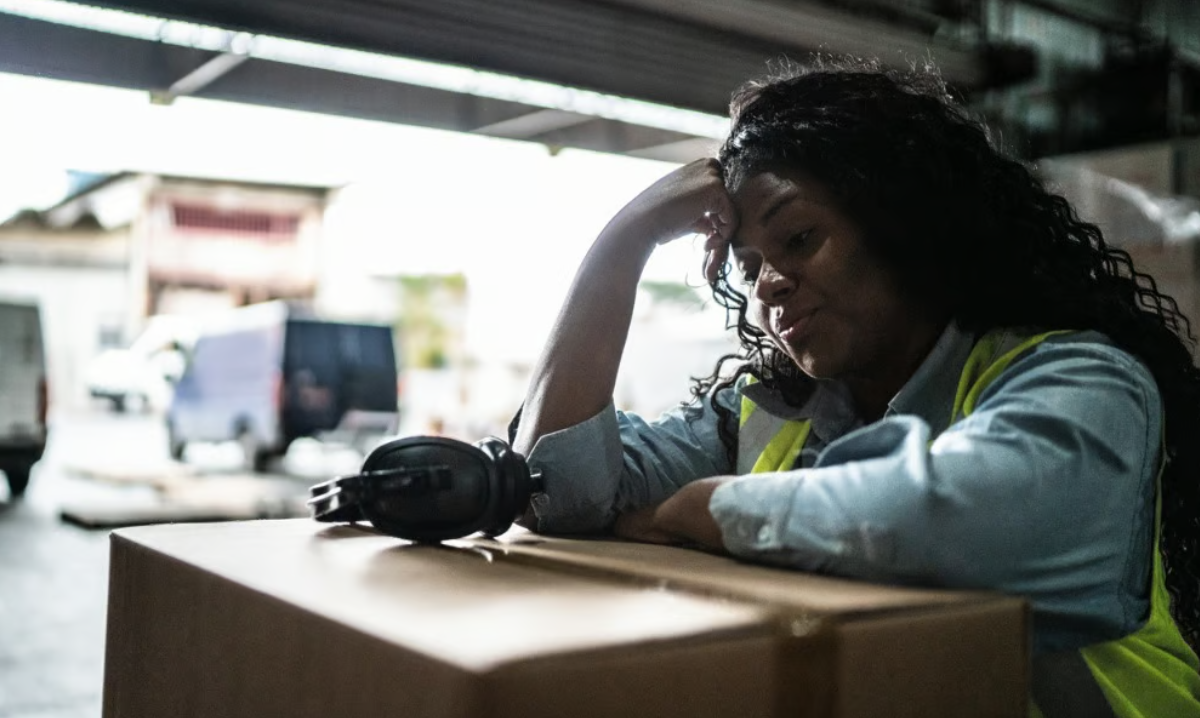Ice cleat policy and avoiding the “grey areas” – webinar

With the colder months rapidly approaching, it is essential for employers to consider seasonal dangers and invest in key PPE so as to keep their workers safe. Slips, trips and falls on ice and snow are one of the biggest workplace hazards facing cold weather workers.
Slips and falls on ice and snow are, during the winter, the most common cause of lost workdays, says Ryan DeCaire, president of Geroline. “It leads up to over $30 billion of expenditure a year and over 100 million lost workdays every single year,” he says. It’s clearly a very prevalent problem in North America with regards to winter-related OHS dangers.
“We think slips and fall are the most important problem to tackle in the winter.”
As such, there are a couple of key themes employers need to be looking into with regards to ice cleat policy and workplace ice slip and falls.
There are so many important questions around ice cleat policy: what are employers doing to make people wear them? What kind of products are they using? What environments do they require them in (or don’t require them in)? Why did they buy them initially? Are employers mandating them or just recommending them?
“The biggest problem that safety managers have, is getting buy in from their team,” says DeCaire. This is an issue broadly facing any type of winter PPE. An employer can buy ice cleats, gloves, hats, etc. but if the team does not buy into wearing them there is an issue. “PPE is only as good as somebody putting it on,” says DeCaire.
For ice cleats specifically, it’s not a simple system, he says. If the product gets in the way of the employee doing their job then they simply won’t wear them – which is an issue for safety managers who are focused on compliance.
Another thing DeCaire says he hears often is that one problem can lead to another. “If you have a problem with a product that is supposed to prevent slips and falls, but it’s ergonomically incorrect for the person wearing them, it can, for example, cause you to walk strangely. And that can lead to another problem,” he says. Proper fit for the individual and the type of work they are doing – whether that is ice cleats or any type of winter PPE – is essential.
Geroline has been focused on winter traction aid since 2010, “we’ve built up a unique knowledge base and a very targeted database of end users that use and know our products, and we want to offer that unique positioning to the people listening,” says DeCaire.
The webinar aims to cover proven strategies for ice fall prevention and how best to implement them in your workplace; solutions to improve ice cleat policy to improve employee safety; and discover products designed to protect your workers from perilous ice falls.
Don't miss this webinar with Ryan DeCaire and Melissa Wilson, leader of North-American end-user development at Geroline, where they discuss ice cleat policy best practices and avoiding the “grey areas”.





